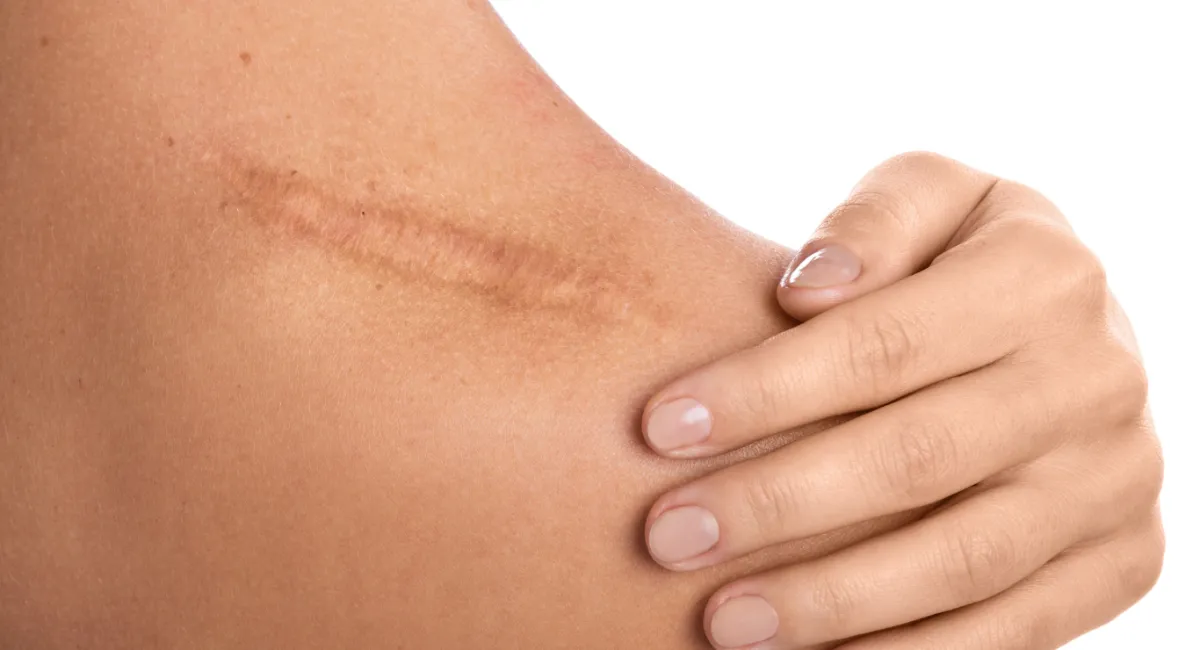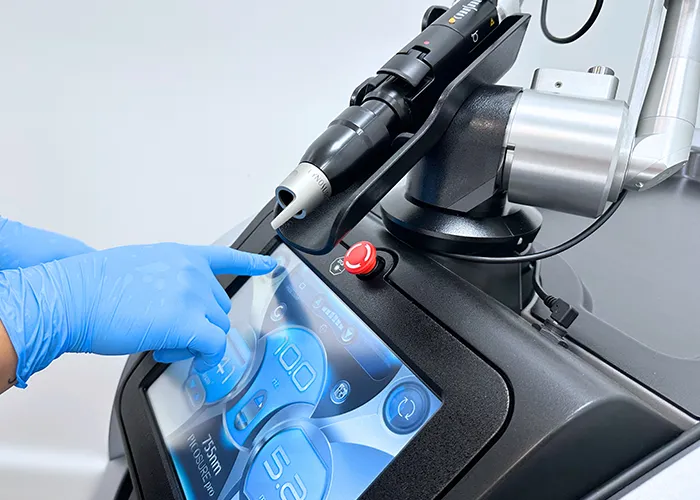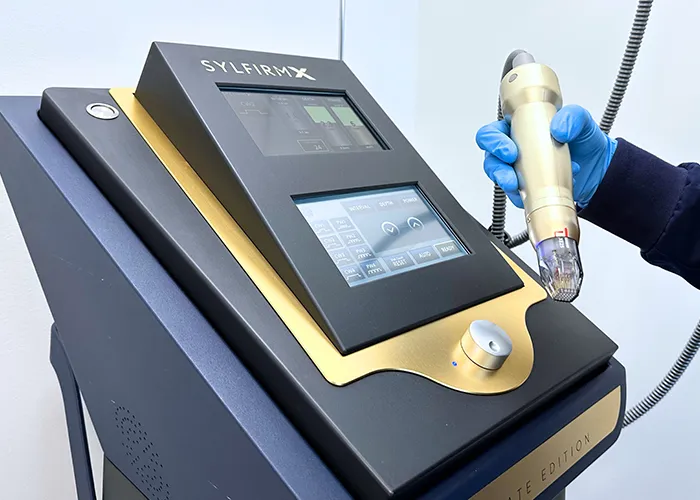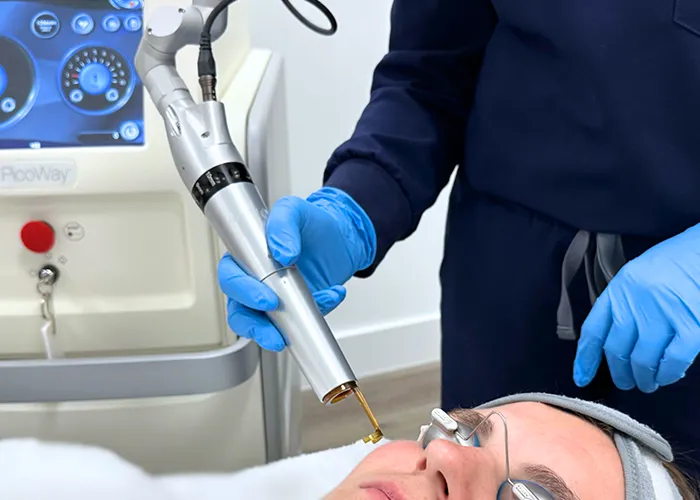
Scars
Scar types
Hypertrophic Scars: Hypertrophic scars are raised and may be thicker than the surrounding skin, but they remain within the boundaries of the original wound. They often result from the overproduction of collagen during the healing process.
Atrophic Scars: Atrophic scars appear as depressions in the skin and result from a loss of underlying tissue. Common examples include "icepick" scars seen in severe acne or pockmarks.
Keloid Scars: Keloids are raised, thickened scars that extend beyond the boundaries of the original wound. They can be more common in individuals with darker skin tones and often have a genetic predisposition.
Acne Scars: Acne scars can take various forms, including atrophic (depressed), hypertrophic, or keloid scars, depending on the severity of the acne and the individual's healing response.
Contracture Scars: Contracture scars occur when the skin is significantly damaged, leading to tightening and limiting movement. Common after burns, they can affect underlying muscles and nerves.
Causes longer scar healing:
Book an Appointment-
Wound Size and Depth
The size and depth of the wound play a significant role. Deeper wounds or those that extend into multiple layers of skin may result in more noticeable scars. -
Wound Location
Scars in certain areas of the body, such as joints or areas with high tension, may be more prone to stretching and become more noticeable. -
Age of the Individual
Younger individuals tend to heal more efficiently and may have a better chance of producing less visible scars compared to older individuals. -
Skin Type and Ethnicity
Different skin types and ethnicities can respond to injury and healing processes differently. For example, individuals with darker skin tones may be more prone to developing keloid scars. -
Genetics
Genetic factors can influence the body's response to injury and the subsequent scar formation. Some people may have a genetic predisposition to develop hypertrophic or keloid scars. -
Infection
Infections at the wound site can impede proper healing and increase the likelihood of more pronounced scarring.
What solutions do we offer?

PicoSure
PicoSure works on scars by utilizing ultra-short picosecond pulses of laser energy. These brief pulses effectively target pigmentation and stimulate collagen production in the skin. The precise delivery of energy helps to break down pigmented cells, fade discoloration, and promote the remodeling of collagen, contributing to the improvement of scars and overall skin texture.
Book an Appointment
Sylfirm X
Sylfirm X employs micro-needling and radiofrequency (RF) energy to stimulate collagen production and remodel the skin, contributing to the improvement of scars. The combination of controlled micro-injuries and RF technology aims to enhance skin texture and reduce scar visibility with minimal downtime.
Book an Appointment
Picoway
PicoWay works on scars by utilizing picosecond laser technology to deliver ultrashort pulses of energy that break down pigmentation and stimulate collagen production. This process helps remodel scar tissue, leading to improved texture and a reduction in the appearance of scars.
Book an Appointment